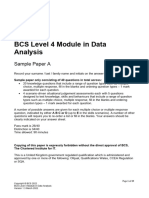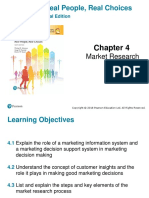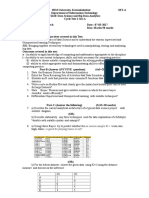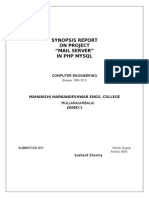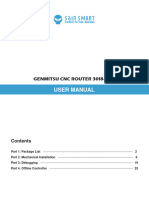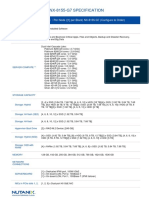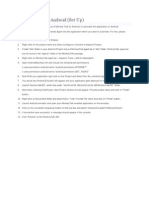100% found this document useful (1 vote)
117 views27 pagesData Analysis For Beginners Book - 2
This document is a beginner's guide to data analysis using Python, covering essential topics such as data types, cleaning, preprocessing, and exploratory analysis. It emphasizes the importance of data analysis in decision-making and highlights Python's advantages for this purpose. The guide includes practical steps for setting up a Python environment and handling common data challenges.
Uploaded by
muralikarthik7090Copyright
© © All Rights Reserved
We take content rights seriously. If you suspect this is your content, claim it here.
Available Formats
Download as PDF, TXT or read online on Scribd
100% found this document useful (1 vote)
117 views27 pagesData Analysis For Beginners Book - 2
This document is a beginner's guide to data analysis using Python, covering essential topics such as data types, cleaning, preprocessing, and exploratory analysis. It emphasizes the importance of data analysis in decision-making and highlights Python's advantages for this purpose. The guide includes practical steps for setting up a Python environment and handling common data challenges.
Uploaded by
muralikarthik7090Copyright
© © All Rights Reserved
We take content rights seriously. If you suspect this is your content, claim it here.
Available Formats
Download as PDF, TXT or read online on Scribd
/ 27




















